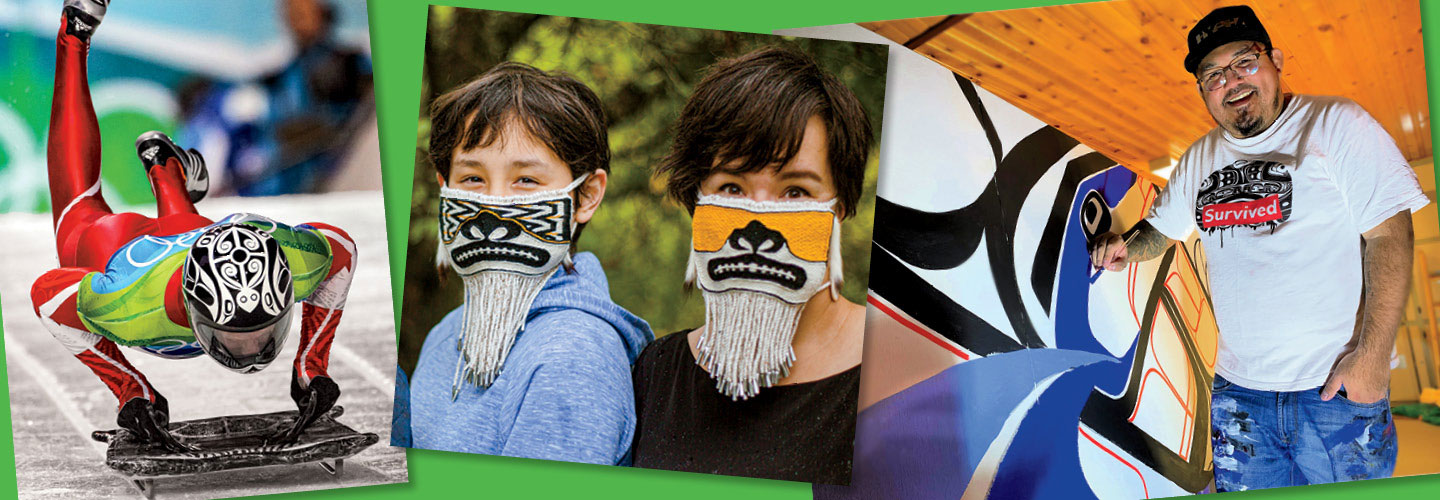The three artists featured on this page aim to honor tradition while also relating to contemporary life in their work. After studying under master artists within their Indigenous Nations, each has become a master in his or her own right. They create art that incorporates iconography from their Indigenous cultures while educating and inspiring audiences around the world.
How do you create art that honors tradition but also relates to life today? The three artists featured on this page studied under master artists from their Indigenous Nations. Now they have become master artists themselves. They use iconography from their Native cultures. They educate and inspire audiences around the world.

